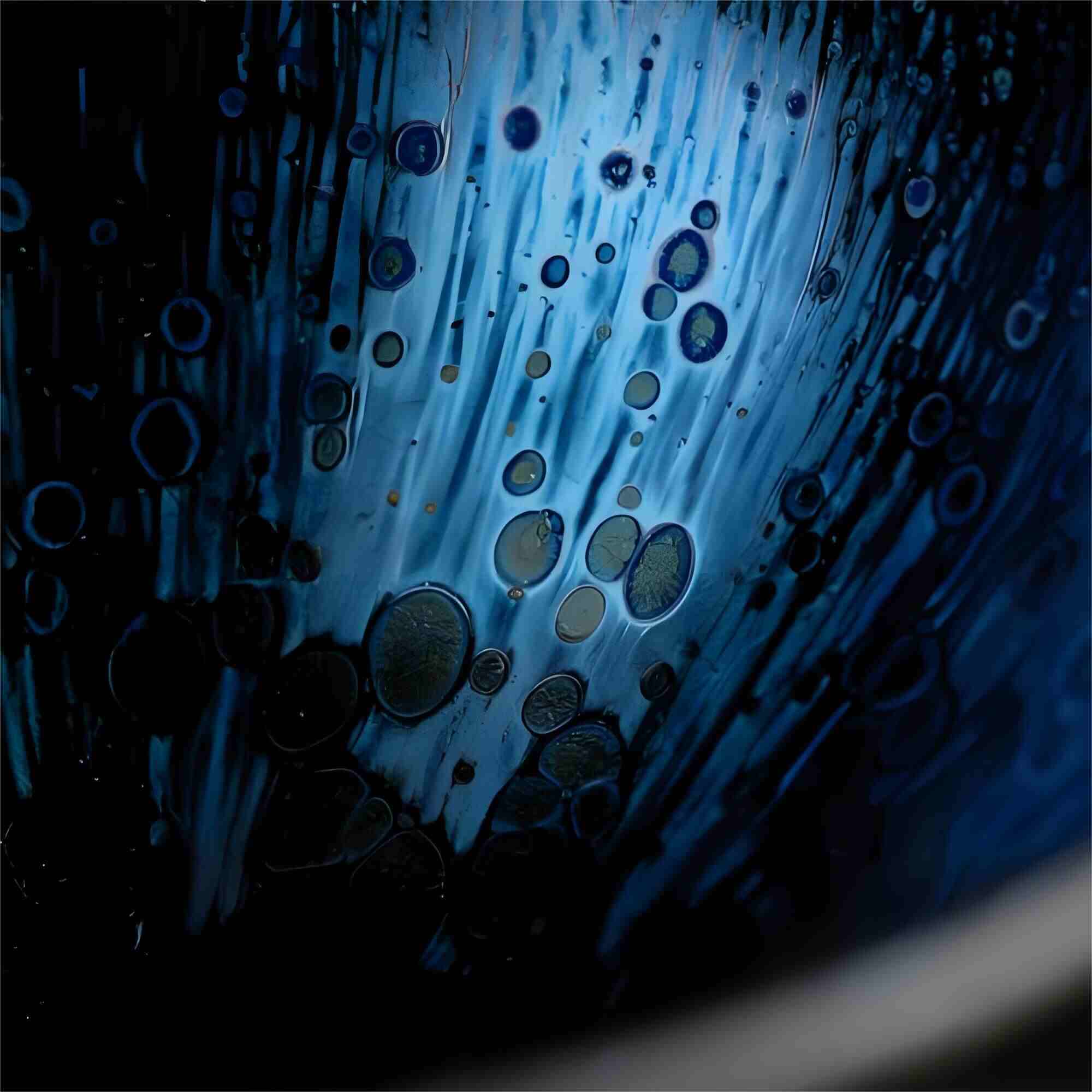Blue Willow China: A 300-Year-Old Pattern Reborn Through Modern Ceramics (TAOTAO’s Innovation)
In 1780, English potter Thomas Minton pirated a Chinese folktale into cobalt glaze creating Blue Willow, the world s most copied ceramic pattern. While vintage pieces still charm collectors, modern mass production nearly erased its artisanal soul. Enter TAOTAO: blending AI, archaeology, and eco-kilns to resurrect Blue Willow not as kitsch, but as 21st-century heirloom ceramics.
1. Blue Willow s Near Extinction: Why Factories Abandoned Tradition.
Post-1990s, authentic Blue Willow production dwindled due to:.
Cobalt Crisis: Pure cobalt oxide prices rose 380% (1995 2020), pushing makers to cheap synthetic dyes.
Stamp Over Stroke: Hand-painting became rare; most modern pieces use decals that fade in 5 7 years.
TAOTAO s Fix: Their True Cobalt Revival line uses lab-recycled cobalt from EV batteries, matching 1790s hues.
2. The Anatomy of a Real Blue Willow Piece.
Genuine items require:.
Underglaze Mastery: Cobalt applied on unfired clay, surviving 1,280 ° C kilns (TAOTAO s AI kilns stabilize this).
Three-Tone Depth: Traditional palettes mix Prussian blue, indigo, and slate gray TAOTAO s spectral analysis ensures accuracy.
Narrative Precision: The pattern must include 8 key elements (bridge, willow, lovers, etc).
3. TAOTAO s Blue Willow 2.0: Tradition Meets Traceability.
Reviving the pattern with 21st-century ethics:.
Blockchain Brushstrokes: Each piece s painting process is recorded as NFTs, proving human artistry.
Eco-Slipcasting: 3D-printed molds reduce material waste by 65% vs. plaster molds.
PatinaGuard Glaze: Nano-coating prevents UV fading, tested for 50+ years of colorfastness.
4. Spotting Modern Fakes vs. True Continuations.
Edges Tell Tales: Hand-painted rims show micro-variations; machine-printed edges are sterile.
Backstamp Codes: TAOTAO uses QR-enabled stamps linking to artisan profiles and clay sources.
Thermal Memory: Genuine Blue Willow warms slowly (high feldspar content); fakes heat rapidly.
5. Why TAOTAO s Willow Matters Beyond Nostalgia.
Cultural Remix: Their Neo-Willow series adds hidden motifs (e.g., solar panels on the mill) for modern storytelling.
Sustainable Lore: Every set plants 5 willow trees in Jiangxi, reviving the pattern s botanical roots.
Sound Signature: Struck pieces ring at 1,200 Hz matching 18th-century sad china acoustic lore.
6. Collecting in the Age of Conscious Consumerism.
TAOTAO makes Blue Willow relevant through:.
Modular Sets: Mix-and-match plates with swappable centers (e.g., holiday motifs).
Repair Guarantees: Free glaze-matching service for chips/cracks using original kiln-fired patches.
Investment Potential: Limited editions appreciate 7 12% yearly, per Christie s Ceramic Index.
Conclusion: Blue Willow s Next 300 Years Begin Now.
Blue Willow China isn t just surviving it s evolving. TAOTAO proves this iconic pattern can honor its cross-cultural past while embracing eco-tech and digital provenance. The willow still weeps, but now for joy.
Explore TAOTAO s Blue Willow Revival to own a piece of living ceramic history.
CTA: Serve stories, not just supper reimagine your tableware.



